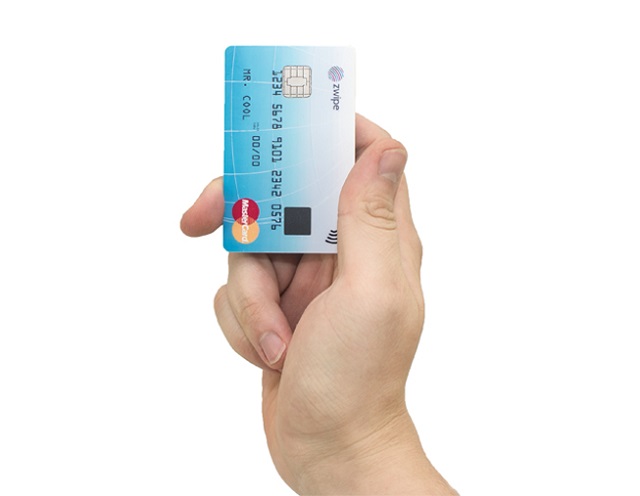Thought that PINs and chips provided you with enough safety to have peace of mind? Wait till you see the first ever fingerprint payment card that Mastercard created in collaboration with Zwipe.
Contactless credit cards have been a thing for a few years now, but they still have some limitations. For example, there’s a maximum amount that can be paid using a contactless card, and that amount is not that great. Of course, these limits depend on the bank that issued the card, and can be modified by the owner of the card, sometimes. Still, being able to pay without ever entering PINs, swiping the card or minding the limits should be the way to go. All this, while still being safe, obviously. Mastercard and Zwipe have developed a product that should solve all these problems, in the form of a biometric payment card, the first of its kind, actually.

Another problem with conventional contactless CC was that their main selling point was also their greatest downside. Using specialized RFID readers, thieves could get really close to your back or your pocket and steal the card’s information. While the RFID technology adds an extra layer of security to credit cards, passports and soon enough, ID cards, it also opens the way for identity theft.
The Zwipe MasterCard takes less than a second to scan your fingerprint. There are no indicators to show whether it worked or not, and the only proof is actually provided by the POS. In fact, the finger needs to remain on the scanner until the payment is confirmed. The Zwipe V3 Evolution, the fingerprint Capture & Match-On-Card (CMOC), is a great step forward in CC security, as it requires no other investments in the infrastructure, the way chips did.
The CMOC system should allow multiple persons to register their fingerprint on a single card. There are occasions when people send their friends or relatives to do some shopping with their card, and if only the owner of the card is able to pay using the biometric authentication, then there’s a problem.
It may sound very safe for now, but I expect this type of biometric authentication to go down the same road that Apple and Samsung’s fingerprint readers went: hacked within days after the launch. Still, to use it, thieves would need to get their hands on the physical card, which is a tad more diffcult.
Be social! Follow Walyou on Facebook and Twitter, and read more related stories about DipJar, a tip jar that doesn’t do cash, takes only credit cards, and the credit card-sized Micro-Phone that fits inside your wallet.










